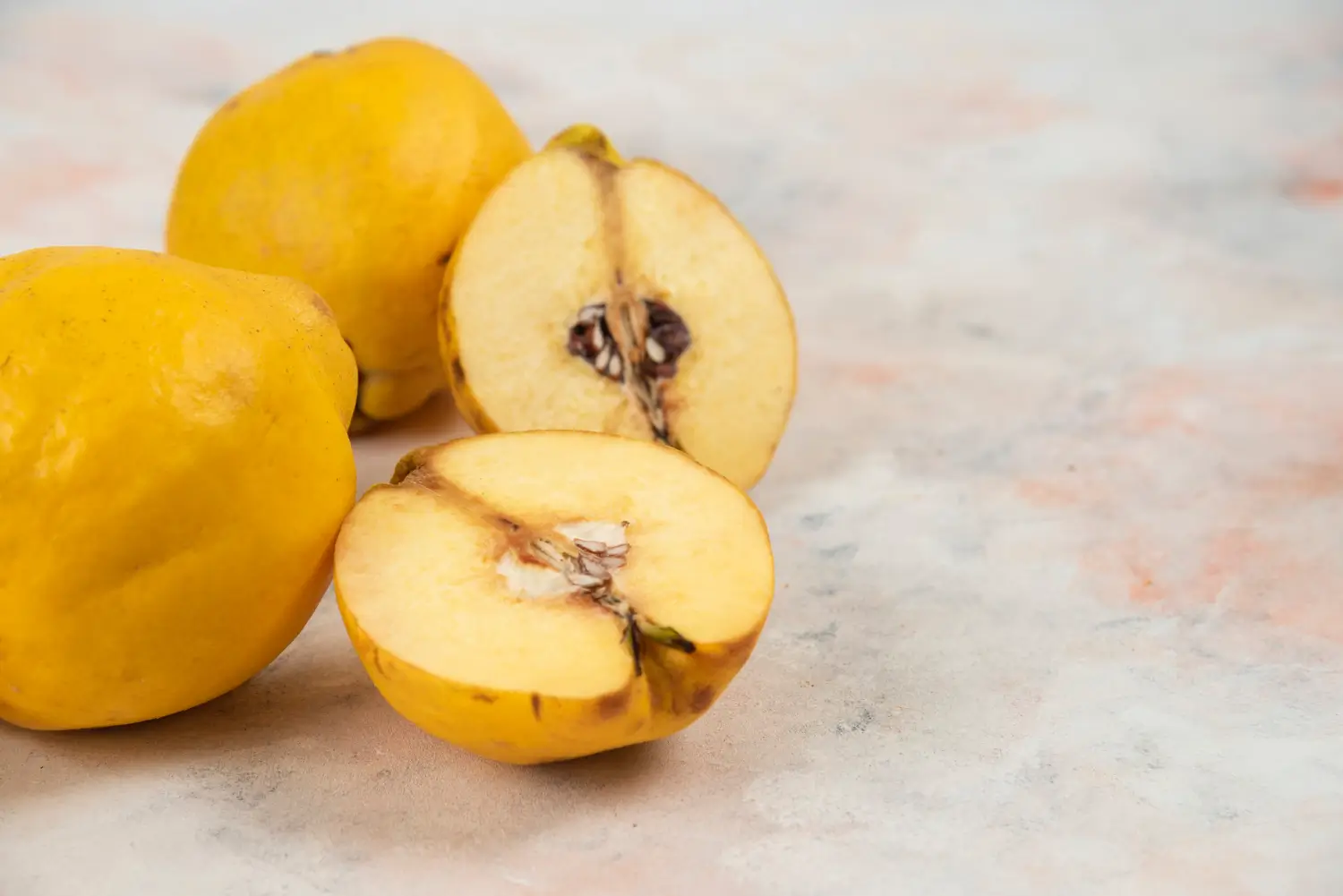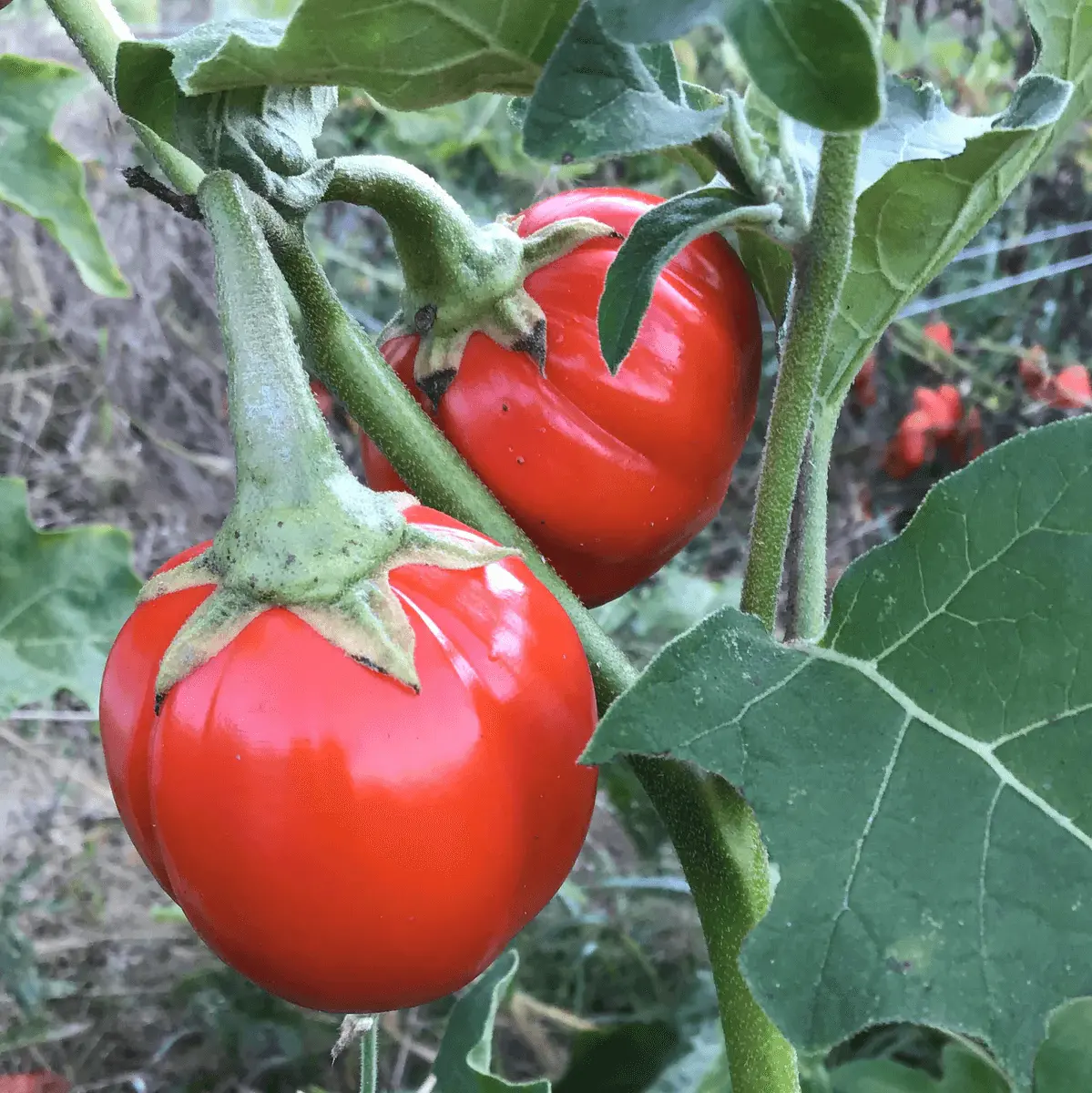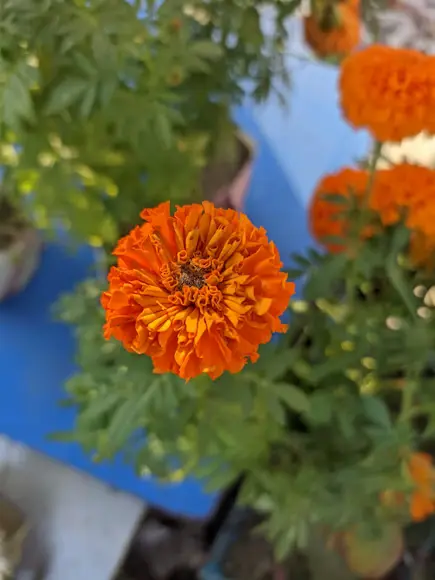
Soil Health & Fertilization
We unite suppliers and green industry professionals worldwide
Quince is a very old fruit tree that still has admirers both among gardeners and cooks.
By Victor Miller
|Published on September 24, 2025


The quince (Cydonia oblonga) is a traditional fruit tree with golden, aromatic fruits and a rich heritage. Although quince was revered since ancient times in parts of the Mediterranean region, it has been connected with fertility, love, and abundance.
Nowadays, it is still an eye catcher not only because of its culinary merits but also due to its ornamental beauty coupled with its strength as a fruit-bearing tree. Probably surpassed in popularity by apples and pears, quince is going through a low-key renaissance among gardeners, cooks, and enthusiasts of heritage orchards.
| Scientific Name | Cydonia oblonga |
| Common name | Quince, Golden Apple, Cydonia |
| Family | Rosaceae (the rose family, shared with apples and pears) |
| Genus | Cydonia |
| Origin | Native to the Caucasus region, Iran, Turkey, and parts of the Middle East, later spreading to Europe and beyond. |
| Cultivars | Popular varieties include Smyrna, Champion, and Pineapple. |

September 25, 2025
9 minute read
September 24, 2025
9 minute read
September 23, 2025
10 minute read
September 22, 2025
9 minute read


Join as a seller and connect with thousands of B2B buyers nationwide!
Sign Up

Daikon Radish April Cross
The April Cross Daikon is famous for its high-quality white roots, smooth texture and sturdy growth.

Edamame
Edamame is a member of the Glycine genus in the Leguminosae (Fabaceae) family.

African Eggplant
The African eggplant (also known as garden egg, or Solanum aethiopicum) is a beautiful and nutritious plant that does very well in hot tropical places like parts of Africa and Asia. It bears small, round fruit that is red or orange when ripe but can also

African Marigold
The African Marigold is a strong flower that is prevalent in many warm places around the globe. It is known for its big yellow, orange, or gold flowers, which are useful for gardens, borders, and cut flowers.
Quince trees are small-to-medium-sized, firm-wooded, and deciduous trees with long lives that can be several decades long, with proper handling.
Quinces are both culinary and ornamental plants.
Culinary Uses
Ornamental & Cultural Uses
Quince is a very rugged tree, but it will perform its best under the following conditions:
The seeds of the quince tree, similar to other plants that belong to the order of Rosaceae, are small, clearly defined seeds.
Quince seeds can germinate and produce new trees, but usually grafting is used in the case of true-to-type cultivars.
Stored properly, quince seeds are viable:
It is difficult to grow quince by seed, which is why most gardeners use vegetative means of propagation to receive viable fruit.
Quince is durable enough yet may occasionally succumb to some notable ailments and attacks:
Seeds and quince fruits should be handled with caution in order to last longer.
Quince is a very old fruit tree that still has admirers both among gardeners and cooks. Quince, with its sweet-smelling golden fruit, its ornamental spring-flowering trees, and its deeply rooted cultural and symbolic properties, has its own place in horticultural history. Raw fruit is too austere to the taste of most, but when transformed by cooking, quince produces special flavours and scents. Durability, longevity, and comparative ease of care are some of the reasons people cultivate quince in gardens and orchards all over the world.
Quince trees typically begin fruiting 3–5 years after planting.
Raw quince is very hard and astringent, but once cooked, it becomes soft, sweet, and aromatic.
Yes, most quince varieties are self-pollinating, but planting more than one tree may improve yields.

Soil Health & Fertilization
Victor Miller

Pest Identification & Prevention
Victor Miller

Lawn Care Tips & Maintenance
Victor Miller

Soil Health & Fertilization
Victor Miller

Smart Irrigation Systems
Victor Miller

Patios, Walkways & Driveways
Victor Miller

Soil Health & Fertilization
Victor Miller

Pest Identification & Prevention
Victor Miller
My Account
Our team is always here to help.
We are open Monday - Friday, 9:00 AM to 4:30 PM PST.